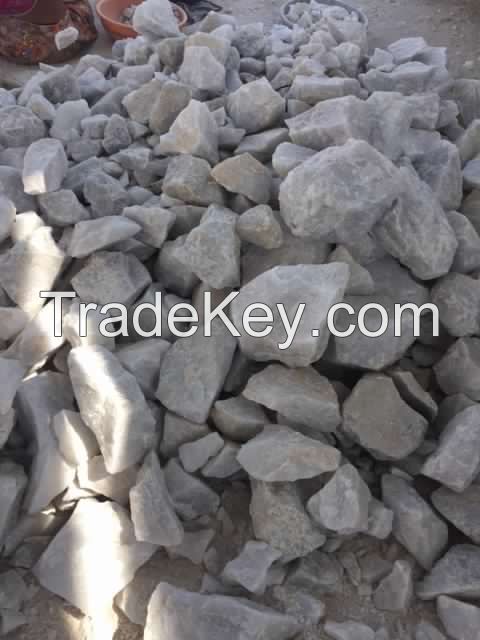详情
SILICA QUARTZ
Quartz is the
second-most-abundant mineral in Earth\'s continental
crust, after feldspar. Its crystal structure is a continuous
framework of SiO4 silicon- oxygentetrahedra, with each oxygen being
shared between two tetrahedra, giving an overall chemical formula
of SiO2.
Pure quartz, traditionally called rock crystal or clear quartz, is
colorless and transparent or translucent, and has often been
used for hardstone carvings, such as theLothair Crystal. Common
colored varieties include citrine, rose quartz, amethyst, smoky
quartz, milky quartz, and others.
USES OF QUARTZ GLASSES
Quartz sand is the major ingredient in virtually all types of
glass. The
principal glass products include containers (bottles and jars),
flat
glass (windows, mirrors), lighting glass (light bulbs, flourescent
tubes),
TV tubes and screens, decorative glass, fiberglass.
FOUNDRY CASTING Quartz sand is used
for the preparation of: the form blends from
cast-iron, steels and nonferrous foundires, abrasive cleaning
of
castings surfaces, as raw material for obtaining peliculizat
sand.
FILTRATION Being the principal
filtration environment in the water industry the silica
sand is used-up in water filtration stations, water wells or to
prevent
crumbling.
CERAMICS Quartz sand that has been
ground to fine size is an ingredient of most
clay bodies and is a major constituent of ceramic glazes.
Typical
everyday products include tableware, sanitary ware, ornaments
and
wall and floor tiles.
CONSTRUCTION INDUSTRY The
construction industry is founded on quartz sand and there are a
host of specialist applications including silica and aerated
concrete
blocks, floor and roof tiles, flooring and rendering compounds,
white
markings, roofing felt and cement.
OTHER USE
Silica has many other applications including the manufacture of
chemicals and metals, fillers in numerous products, plastic, the
manufacture of refractories, stimulating oil production.
1) Loss on
Ignition
: 0.1%
2) Silica as
Sio2
: *9.4%
3) Mixed oxides as R2O3
: 0.4%
4) Iron as
Fe2O3
: 0.2%
5) Aluminium as
Al2O3
: 0.2%
(By diff)
6) Calcium as
CaO
: Traces.
7)
Magnesium as
MgO
: Traces.
